Lights have come up on Washington Heights! In the Heights—from Hamilton composer Lin-Manuel Miranda (what can’t he do?!) and book author/screenwriter Quiara Alegría Hudes—follows a group of Latino neighbors on a block in New York’s Washington Heights. The show was a Broadway smash, winning four Tony awards, including best musical.
Yet unlike many Broadway musicals, the cast consists of BIPOC characters who are played by BIPOC actors. In the Heights is heavily influenced by Latin culture, incorporating Spanish lyrics and salsa rhythms. The film adaptation, now in theaters and available to stream on HBO Max, is just as vibrant.
While In the Heights is not the first musical to feature a BIPOC cast, it is one of only a handful to have a film adaptation. Today, many musical film adaptations still primarily feature white actors, but there have been some impressive movie musicals featuring diverse casts and resonant themes that touch on everything from racial segregation to the struggle to “make it.”
To keep the beat going, here’s what to stream after watching In the Heights:
![]()
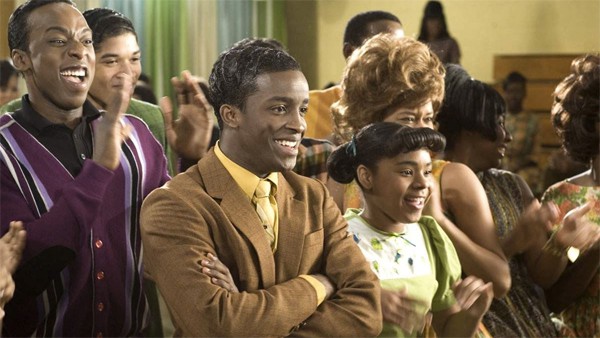
Hairspray
Hairspray didn’t originally start out as a musical. First released in 1988, it was one of eccentric director John Waters’ milder films. In what may be Divine’s tamest role (no dog poo involved), the sweet comedy follows Tracy (Ricki Lake) who, after being cast as a dancer on a popular local TV show, fights not only for body positivity, but against racial segregation in her hometown of Baltimore (also John Waters’ hometown!).
In 2002, theatrical producer Margo Lion bought the rights to the film with Waters’ blessing, hired composers Marc Shaiman and Scott Wittman to write songs for it, and put up a Broadway production. It went on to win eight Tony awards, including best musical. The film adaptation of the stage show came out five years later. The star-studded cast included John Travolta, Michelle Pfieffer, Christopher Walken, Zac Efron, Elijah Kelley, Queen Latifah, and Nikki Blonsky (along with a whole lot of dancers).
While Hairspray’s cast doesn’t entirely consist of BIPOC actors, it does have several main Black characters and songs focusing on Black pride. The film’s heroes fight to end of racial segregation, while the villains are racist jerks. The musical’s themes don’t just stop at racism; body positivity and acceptance is also a central point. Tracy and her mother are both mocked by the villains for their bodies, but by the end of the musical, both have happily accepted the way they look. Tracy’s mother even sings a whole verse about it! Adding to the fun, her mom is traditionally played in drag and the music is ’60s-inspired nostalgia.
Where to Watch It: HBO Max
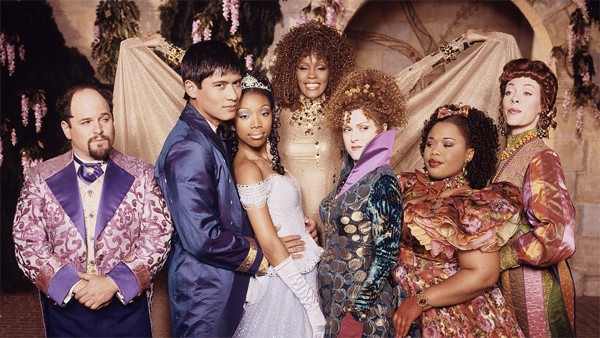
Rogers and Hammerstein’s Cinderella (1997)
If you grew up in the ’90s, you are probably familiar with Disney Television’s 1997 adaptation of Cinderella (and can still sing the songs, too). Based on Rodgers & Hammerstein’s musical Cinderella, which was actually created for television in 1957 before later moving to the stage, the modern version famously embraced racially diverse “color blind” casting. Recording artist Brandy starred in the lead role, becoming the first Black woman to play Cinderella after Whitney Houston recommended her to the producers. The diva herself also made history as Cinderella’s fairy godmother.
The rest of the cast came from Broadway, TV, and film, including Bernadette Peters as the evil stepmother; Veanne Cox and Natalie Desselle Reid as the evil stepsisters; Paolo Montalban as Prince Charming; Jason Alexander as his valet; and Victor Garber and Whoopi Goldberg as the King and Queen. The musical itself isn’t very different from the original Rodgers & Hammerstein version, but it’s a cute and charming landmark event that let little Black girls (and other BIPOC kids) see themselves as a Disney princess.
Where to Watch It: Disney+
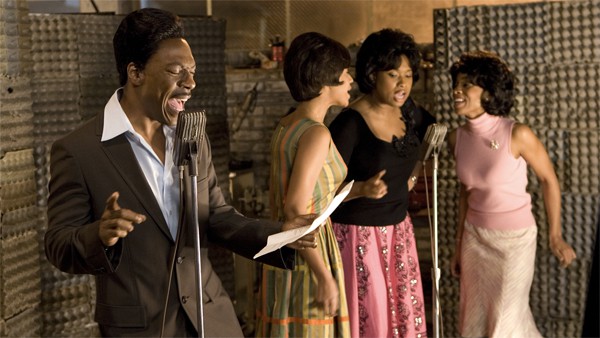
Dreamgirls
I took a friend of mine to see the stage version of this smash hit, and he asked if it was basically the story of The Supremes. His assessment is correct—Dreamgirls is based on the history of The Supremes and Motown. The film version won newcomer Jennifer Hudson an Oscar, undoubtedly deserved after wowing us with her heart-wrenching version of “And I’m Telling You I’m Not Going.” Queen Bey also stars in the film, as well as Eddie Murphy (who can surprisingly belt), Anika Noni Rose (the voice of Disney royalty—Tiana in The Princess and the Frog!) and Jamie Foxx — as a truly slimy record executive. The entire main cast is Black, making this one of the few musicals out there that doesn’t star any white people. When streaming this, it is required that you try to sing along with Jennifer Hudson (though don’t feel bad if it doesn’t sound as good).
Where to Stream It: HBO Max
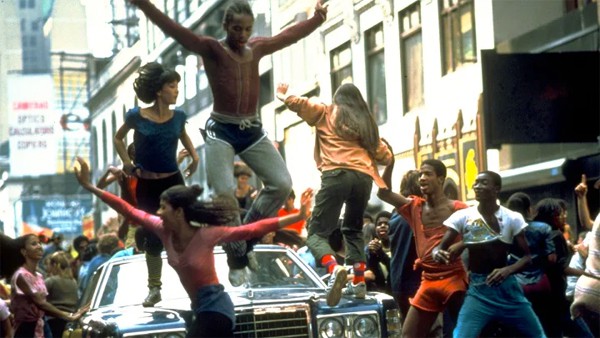
Fame
Re-mem-ber, re-mem-ber. The original Fame was such a sensation when it came out in 1980 that it spawned a stage musical, more than one TV show, several albums, tours, and a remake in 2009 (which some fans prefer to ignore). The story takes inspiration from A Chorus Line, a meta musical about a group of dancers auditioning for a Broadway production. Set at New York’s High School of Performing Arts, Fame follows a multicultural group of students in different disciplines, including dance, drama, and music. From their initial auditions and the start of their freshman year to graduation, they train rigorously and pursue stardom, but as Debbie Allen’s dance teacher Lydia Grant famously tells her class, “You want fame? Well fame costs. And right here is where you start paying. In sweat.”
Even if you haven’t seen the film, you’re probably familiar with the iconic title track, which won an Oscar for best original song and shot singer Irene Cara (who plays triple threat Coco in the film) to—wait for it—fame. But despite the rather upbeat songs, this is no glossy, uplifting, idealized portrait of students in the arts. It gets quite gritty and dark at times, exploring issues of race, class, exploitation, and the rougher side of desperate ambition. It’s not very pretty, but it’s real.
Where to Watch it: Hoopla, DirecTV
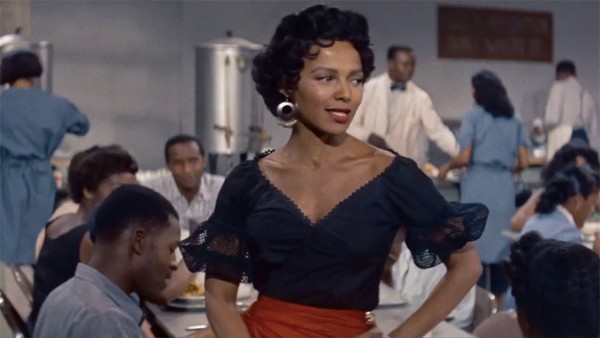
Carmen Jones
In 1943, Oscar Hammerstein II decided to take Georges Bizet’s classic opera Carmen and give it a modern twist. The result was Carmen Jones, which placed the opera in the deep south with an all-Black cast: Carmen now works in a parachute factory, where she seduces Joe, who already has a girlfriend and works for the Air Force. When Joe tries to escape with Carmen and is caught, she falls for boxer Husky Miller. Just like the opera, Carmen Jones ends in tragedy.
The film adaptation didn’t come out until 1954, and even though her singing voice was dubbed, Dorothy Dandridge received the first ever Academy Award nomination for a Black actress for her performance as Carmen (sadly, she didn’t win). With music directly lifted from the opera, Carmen Jones stands out as a melodrama and is a strong metaphor for the divides in Black culture. Joe (Harry Belafonte), represents the “white” aspect of Black culture—he has high aspirations and is considered moral; Carmen, on the other hand, represents a very different side of Black culture—one feared by whites and considered dangerous. Carmen owns her sexuality and isn’t afraid of who she is, a terrifying concept to many white audiences in 1954. While Carmen Jones may seem a little dated by today’s standards, it is an important part of musical film.
Where to Watch It: Prime Video, YouTube, and Apple TV (for a rental fee)
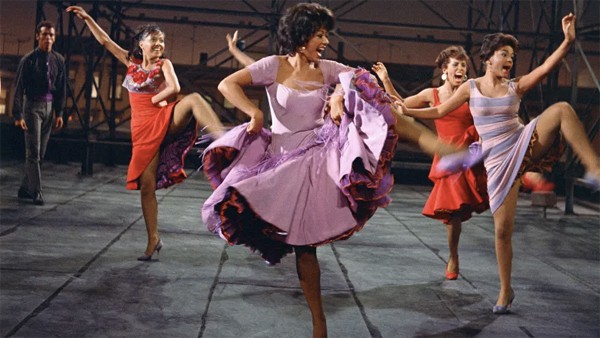
West Side Story
Later this year, we’ll be getting a remake of this musical tragedy (what a year for musicals 2021 is turning out to be!). Directed by Stephen Spielberg, this new adaptation will actually (unlike its predecessor) include actors of color playing many of the key parts. Until the updated West Side Story comes out, you can always revisit the 1961 version. Often considered one of the best movie musicals of all time, West Side Story revolutionized the genre.
In case you weren’t already aware, West Side Story is a modern retelling of Romeo and Juliet. Taking place in 1950s New York, Romeo (in this version, Tony, played by Richard Breymer) is member of the Jets, a white gang, while Juliet (in this version, Maria, played by Natalie Wood) is the sister of the leader of the Sharks, a Puerto Rican gang. Although not all of the Puerto Rican characters were played by Latinos, quite a few were. Rita Moreno, in particular, stood out in her role as the fiery Anita, and even won an Oscar for her role. Many of West Side Story’s songs concern the struggles of immigration (“America”) racial divides (“A Boy Like That”) and of course, a few love songs (“Tonight”). West Side Story also includes some impressive dance numbers. (Just watching the dancing to “America” makes me tired!)
Where to Watch It: Prime Video
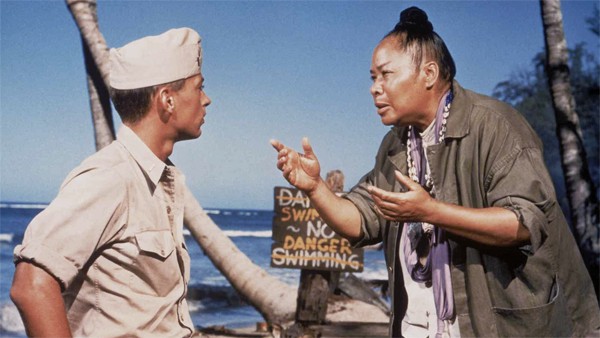
South Pacific
When South Pacific, a hit musical written by Rodgers and Hammerstein, stopped for a tour in Georgia in the late 1950s, two of the state’s lawmakers were repulsed by it. They despised that the musical included “half breeds” as well as having an anti-racist message. Even today, South Pacific’s themes of race, gender, and class still stir controversy.
The film version of South Pacific came out in 1958, and while it did have some odd moments (like the lighting transitions into various colors during the musical numbers), it still remains a beloved classic. The plot is simple: Emile (Rossano Brazzi), a Frenchman in exile, runs a plantation on an island in the South Pacific (hey! that’s the title). Since this is during WWII, the Navy is on the island and they want Emile to join them. He refuses because he’s in love with Nellie (Mitzi Gaynor), an American nurse, but she’s a little hesitant about him because he has two mixed race children.
Meanwhile, Lt. Joseph Cable (John Kerr) falls in love with Liat (France Nuyen), a local Vietnamese girl, and the pair struggle with the lack of acceptance of their romance. One of the songs, “You’ve Got to be Carefully Taught,” blatantly talks about the origins of racial prejudice, which was remarkable for 1958. The entire musical isn’t dark—there are some fun, upbeat songs like “I’m Gonna Wash That Man Right Outta My Hair” and a few comic-relief characters. Considering the current state of America, South Pacific remains a tour de force with some important messages.
Where to Watch It: Prime Video, YouTube, Apple TV (for a rental fee)

Hamilton
Don’t throw away your shot and miss this masterpiece! You can’t talk about In the Heights without mentioning the smash hit that followed it. In fact, if you’re familiar with Hamilton, you may catch some references in the new film.
Yes, Hamilton has been hyped to the rafters, but it’s one of the few things in popular culture that actually lives up to the hype. Arguably the biggest musical of the last decade and the one that shot Lin-Manuel Miranda into the spotlight, Hamilton is the story of the beginning of America—told by modern-day Americans. Taking inspiration from hip-hop and other sources not usually associated with Broadway productions, it manages to make political history cool (quite a feat) and bring attention to one of America’s forgotten forefathers. The dance numbers alone are worth watching (again, I just get tired looking at them). And here’s a fun fact: the actress who originally played “the bullet” on Broadway (Ariana DeBose) will play Anita in the upcoming West Side Story!
Where to Watch It: Disney+


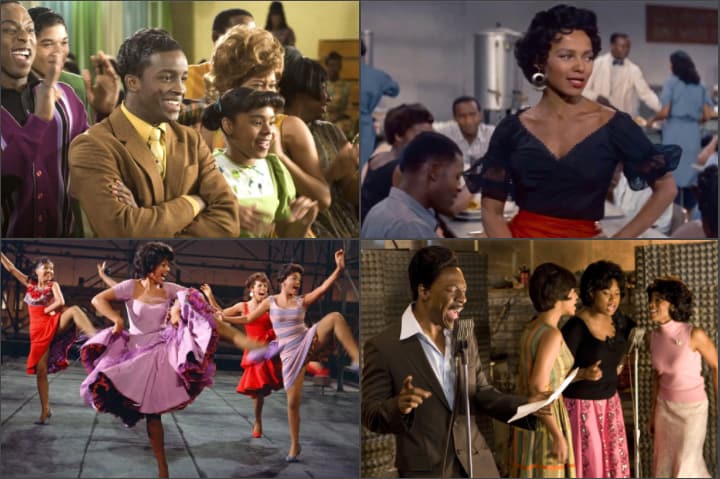
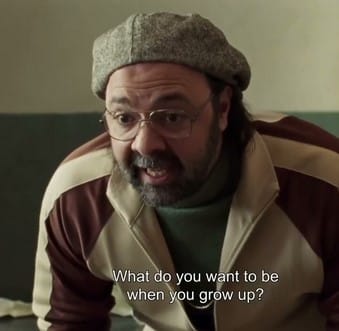

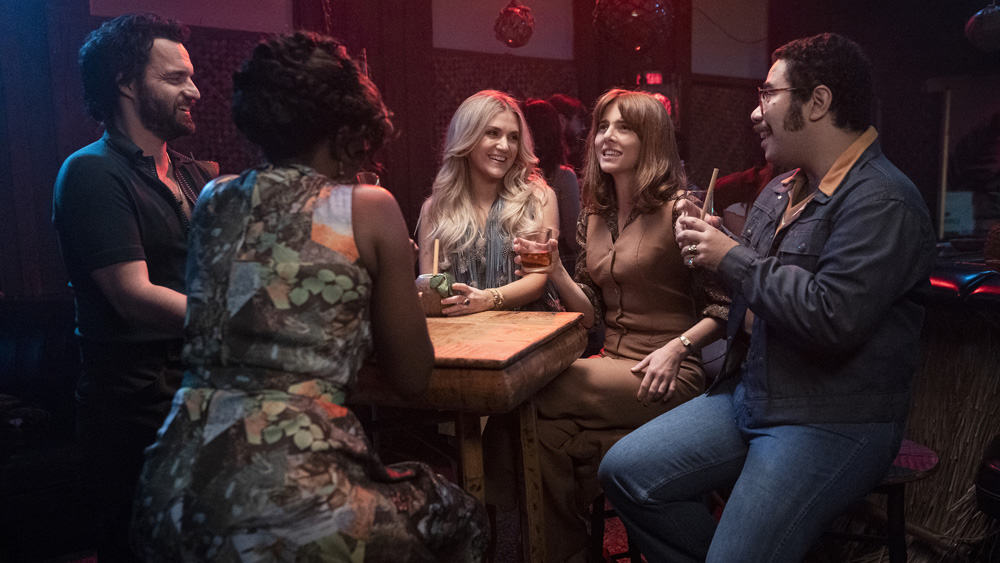
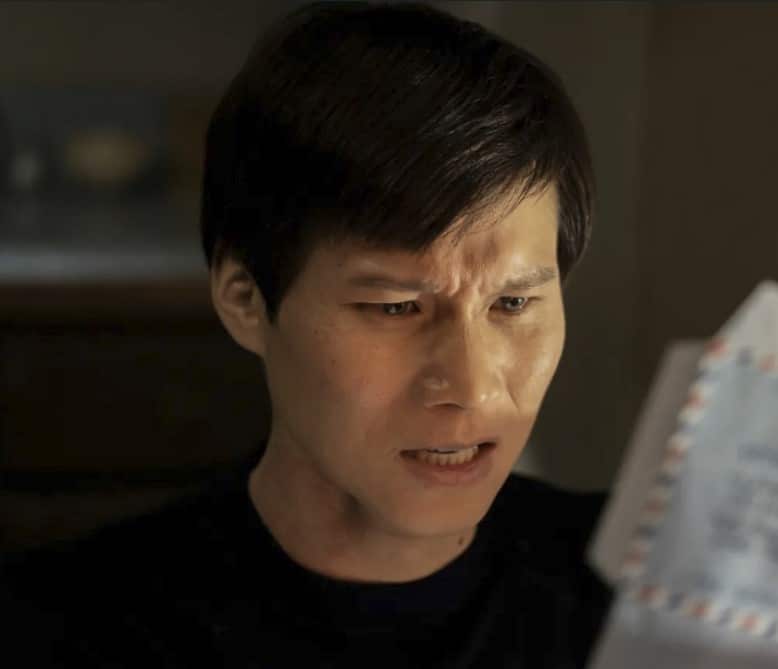


Start a watercooler conversation: